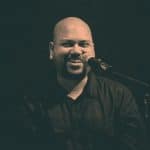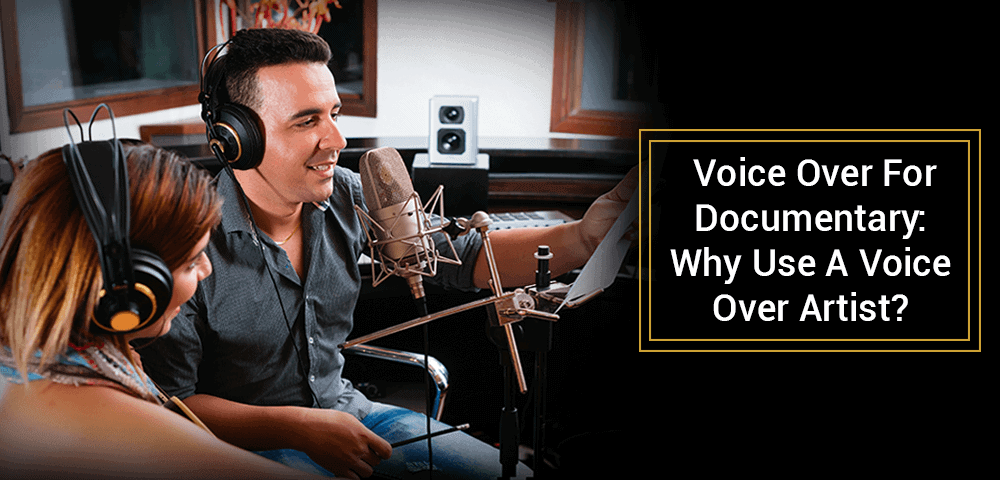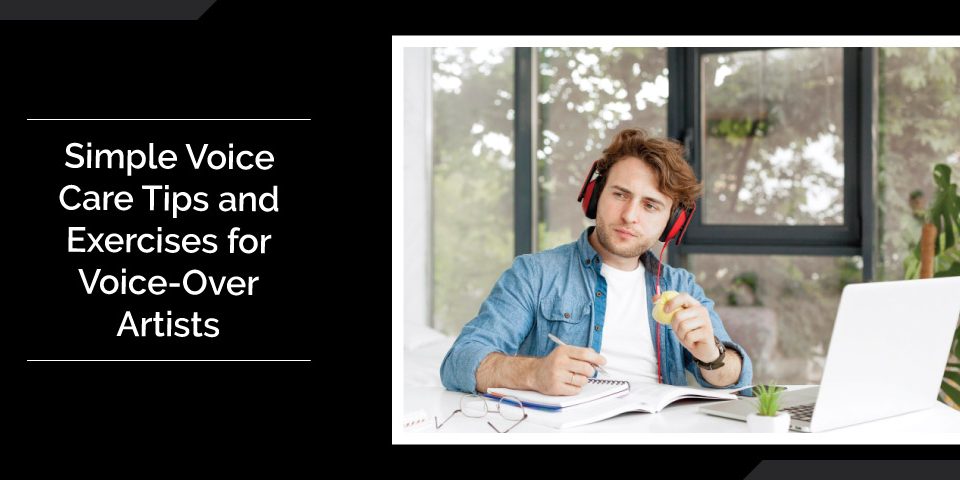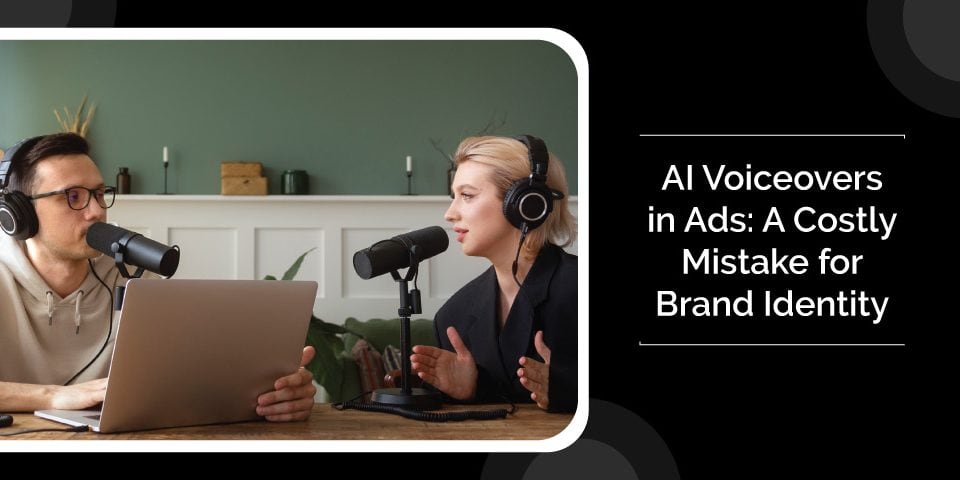
Best Podcast Apps That You Should Try Today
December 3, 2021
Top 11 Voice Over Podcasts to Follow
May 2, 2022Be it an explainer video or documentary, a voice over can greatly influence the quality of a video. A documentary voice over can create magic if done by the right person. VO artists play a crucial role in the success of a film or a documentary as they can effectively convey mood, use the right tone and inflections that can greatly contribute towards engaging the audience.
Below let’s look at what is a documentary, the narrative structure in documentaries and the reasons to use a
voice over artist for a documentary.
Contents
A. What are Documentaries?
A documentary is a short film that captures some aspects of the non-fiction world. It documents reality, mainly for educational, instructional, or maintaining a historical record.
Not all documentaries are the same or filmed in the same way. There are different types of documentaries categorised into six genres – poetic, expository, participatory, reflexive, performative, and observational.
Each genre is unique and selected by the documentary makers depending on the plot and tone of the actual story. Out of the six genres, the most common are expository, participatory, and observational.
B. Narrative Structure in a Documentary
A documentary without a proper beginning, a structured body, and a definite end is chaos to the audience. It is why a documentary narrative is important to attract an audience.
A professional voice for the video along with a structure are the key points of a documentary.
The structure needs to be simple, and you need to follow the basic rules of storytelling.
1. Story: The biggest difference between a film and a documentary is: a documentary doesn’t have a script. No dialogues are written in a documentary. Instead, the writing process takes place during editing, post the documentary is shot. So in a documentary, you need to decide what kind of story you want to narrate during the editing process.
A professional voice-over artist can help set the mood once you decide the type of story to narrate. They are responsible for giving life to the characters and other aspects of storytelling, making it resonate with viewers. Without the right voice-over, a funny story may not seem funny. Likewise, a historic documentary won’t have the right gravitas.
2. Structure: A structure is a general framework (plot) of the story, which works as a base. It lays the foundation for the story to proceed further and evolve into a full-fledged film or documentary.
With a structure, you know how the documentary will begin, what aspects need emphasis in the body, and the end; an open ending or a solid conclusion.
Here, a voice-over artist creates an intimate connection with the viewers getting them involved in the documentary. The artist must have enough experience to know how the structure needs to be followed and modulate his voice accordingly.
For example, in some documentaries, the voice-over in the beginning might need to be general & subtle and get serious/dramatic as the plot progresses. The flow of the structure determines the changes the artist needs to do.
3. Conflict: Conflict or drama keeps the audience at the edge of their seats. A story without conflict or challenge is not likely to be watched as it may be deemed less appealing and monotonous. Although you can’t create conflicts in a documentary, you can add challenges faced by the main character.
For example, in an educational documentary, glimpses of a student’s struggle with education can be included.
At this stage, the capabilities of the voice-over artist are tested. This stage decides if the artist is versatile enough to modulate his voice and give the audience the real feel of the conflict or challenge through his voice.
It could be either pulling off a funny accent or the ability to stay subtle during a serious speech without being over-dramatic.
4. Character: Even if the documentary is solely about a place, an object, or an idea, it still needs a character to support and take the audience on a journey. There can be a group or community of people, but you will always need a main character who will lead the course of the documentary.
Choosing the lead or protagonist is very subjective. But, you need to ensure it is someone who has a strong goal and is determined.
Characters and voice overs go hand in hand when it comes to engaging the audience. So, a voice over artist needs to understand the emotions and thought processes of the character to maintain the tone of the documentary. If the tone of the voice over and the dialogues of the characters don’t align, the viewing experience will be ruined.
These are the four elements commonly found in all successful documentaries. So, the more familiar you are with them, the better you’ll be able to use them for your own story and garner better results.
C. Reasons for Using a Voice Over Artist in Documentaries
1. Visual Connection: It is the responsibility of the documentary narrator to hold the viewers’ attention throughout the documentary. A voice over artist knows how to compel the viewers to do so. They set the mood and modulate their tones accordingly to paint a perfect picture for them and build a visual connection, making the audience’s viewing experience fun and relatable.
2. Timing and Dimension: EA professional VO artist knows about proper timing and dimension. That is, when (which part) to modulate their voice during a documentary narration. The artist knows when to talk fast and when to go slow or take a pause so the dialogues don’t seem rushed and the audience understands them while maintaining consistency.
3. Versatility: Every documentary voice over has a different concept and storyline. Hire a voice over artist if you want your documentary to stand out among other similar topics. They are versatile and know the art of delivering dialogues or messages in varied tones, pitches, voices, etc. Thereby, making them more interesting and engaging.
4. Experience: A notable VO artist also has enough experience and understands what to say, how to say, and when to say it. They know the audience and are well-versed with how a script should be read for it to resonate with the audience.
5. Reliability Apart from enhancing the audio quality of the documentary, a VO artist also injects a personality into the character so that the audience can relate to it. They possess different skills that help induce emotions within the viewers and encourage them to think the content is reliable.
Voice Over For Documentary – FAQs

Peter Abraham
Peter Abraham is a versatile voice-over artist based in Mumbai working in the voiceover industry since 2009. With a passion for storytelling and meticulous attention to detail in every project, he brings scripts to life with his captivating voice and professional delivery, exceeding client expectations. Whether it's a commercial or an audiobook, Peter specializes in a wide range of voice-over work, ensuring the highest quality.




